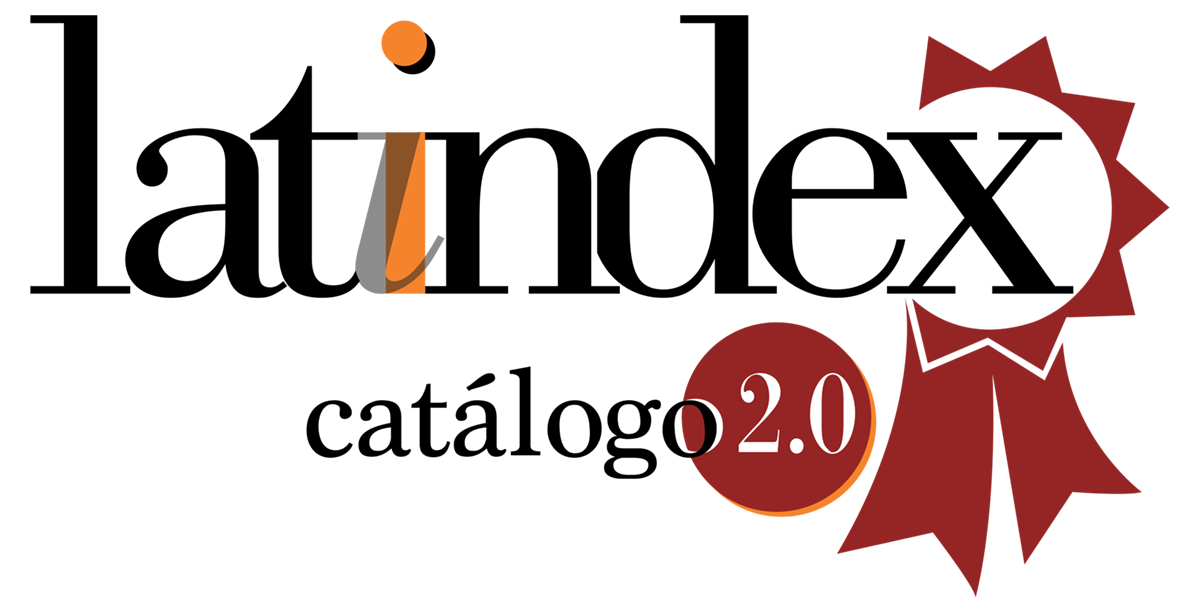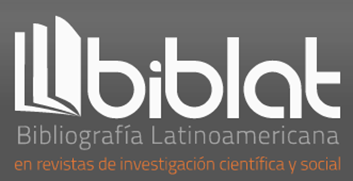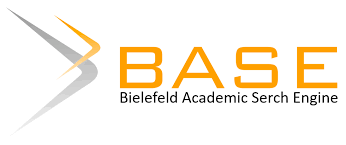Finding incentives for the retainment and graduation of indigenous students. Faculty of Nursing and Obstetrics. National University of Asuncion. 2020
DOI:
https://doi.org/10.47133/IEUNA22109aKeywords:
indigenous student, academic training, factors, permanence, graduationAbstract
Interest in university academic training for members of indigenous peoples has gained momentum in recent decades. The objective was to analyze the influencing factors in the retainment and graduation of indigenous students from the Nursing and Midwifery careers of the Faculty of Nursing and Midwifery of the National University of Asunción. This is a phenomenological, ethnographic paradigm study. Accessible population: 13 indigenous students who are enrolled. Non-probabilistic sampling for convenience was ussed. Informed consent was requested from each indigenous student to participate in the research. A question guide was applied for the interview. Once the data collection was completed, the codes and categories were assigned, these were analyzed with the Atlas Ti statistic. The findings concern the favorable factors, the motivation to continue the career, family influences, the vocation of service to the community, as well as the support of authorities, colleagues and institutional efforts. Regarding the perceived barriers, they mentioned access to technological resources, economic conditions, academics, the limitation of the use of the native language in the university, which directly affects the understanding of classes and especially virtual ones. Ethics, Equity and Transparency (EET) represents a guarantee for the achievement of equitable higher education. It is concluded that the benefits indicated are personal motivation (confidence and positive self-perception), institutional support and as hindering economic factors, uprooting, the responsibility of motherhood, language, and its relationship with learning.
Downloads
References
Bandura, A. (1977). Self-efficacy: toward a unifying theory of behavioral change. Psychol Rev, 84(2) 191-215. https://doi.org/10.1037/0033-295X.84.2.191
Constitución Nacional.(1992).https://www.oas.org/juridico/spanish/par_res3.htm
Gallano, H. R. (2020). El derecho a la educación en tiempos de crisis: alternativas para la continuidad educativa. Sistematización de estrategias y respuestas públicas en América Latina y el Caribe ante el cierre de escuelas por la pandemia del COVID-19.Universidad Abierta de Recoleta.https://reliefweb.int/sites/reliefweb.int/files/resources/El%20derecho%20a%20la%20educaci%C3%B3n%20en%20tiempos%20de%20crisis%20-%20alternativas%20para%20la%20continuidad%20educativa.pdf
Gallart Nocetti, M. A. & Henríquez Bremer, C. (2006). Indígenas y educación superior: algunas reflexiones. Universidades, 31, 27-37. https://www.redalyc.org/pdf/373/37303206.pdf
García, O. M. (2008). Condiciones, procesos y circunstancias que permiten avanzar hacia la inclusión educativa: retomando las aportaciones de la experiencia canadiense. REICE,6 (2) 27-44.
Hanne, A. V. (2018). Estudiantes indígenas y universidad: realidades y retos ante la diversidad cultural. Caso de la Universidad Nacional de Salta. Revista de Educación ALTERIDAD, 14-29. doi:10.17163/alt.v13n1.2018.01.
Hernández Sampieri, R., Fernández Collado, C., & Baptista Lucio, P. (2014). Metodología de la investigación (6a. ed. --.). México D.F.: McGraw-Hill.
Koenigsberger, A. A. (2017). Estudiantes indígenas en el contexto de las desigualdades estructurales. CPU-e. Revista de Investigación Educativa, 24, 177-198.
Aristizábal Hoyos, G. P., Blanco Borjas, D. M., Sánchez Ramos, A. & Ostiguín Meléndez, R. M. (2011). El modelo de promoción de la salud de Nola Pender: Una reflexión en torno a su comprensión. Enfermería universitaria, 8(4), 16-23. http://www.scielo.org.mx/scielo.php?script=sci_arttext&pid=S1665-70632011000400003&lng=es&tlng=es.
Organización de las Naciones Unidas. (2007). Declaración de las Naciones Unidas sobre los derechos de los pueblos indígenas.ONU.https://www.un.org/esa/socdev/unpfii/documents/DRIPS_es.pdf
Observatorio Educativo Ciudadano. (2017). El derecho de los pueblos indígenas en la educación. Asunción.https://www.observatorio.org.py/especial/21
Ortiz, L., Demelenne, D., Díaz, J. J., Elías, R., Gimenez, L., Goetz, K., Machado, A., Misiego, P., Molinier, L., Ortiz, L. & Perezzo, I. (2014). La educación en su entorno : sistema educativo y políticas públicas en Paraguay. Asunción. ILAIP CADEP. http://biblioteca.clacso.edu.ar/Paraguay/cadep/20160714114128/9.pdf
Ruiz, L. (2021).Albert Bandura: biografía y aportaciones a la psicología. https://www.psyciencia.com/albert-bandura-biografia-y-aportaciones-a-la-psicologia/
Schunk, D. H. (1999). Aprendizaje cognitivo social. En D. H. Schunk, Teorias del Aprendizaje (pp. 101-140). México, Prentice-Hall. Hispanoamericana S.A.
UNESCO. (2007). Taller Regional Preparatorio sobre Educación Inclusiva América Latina, Regiones Andina y Cono Sur (12-14 de setiembre). Buenos Aires. UNESCO. http://www.ibe.unesco.org/fileadmin/user_upload/Inclusive_Education/Reports/buenosaires_07/paraguay_inclusion_07.pdf
Published
How to Cite
Issue
Section
License
Copyright (c) 2022 Aida Maidana de Zarza, Juan Elías Avalos Duarte, Santiago David Toledo Núñez, Jorge A. Bareiro Vázquez, Ana Rafaela Denis, Donaghy Maureen

This work is licensed under a Creative Commons Attribution 4.0 International License.

















